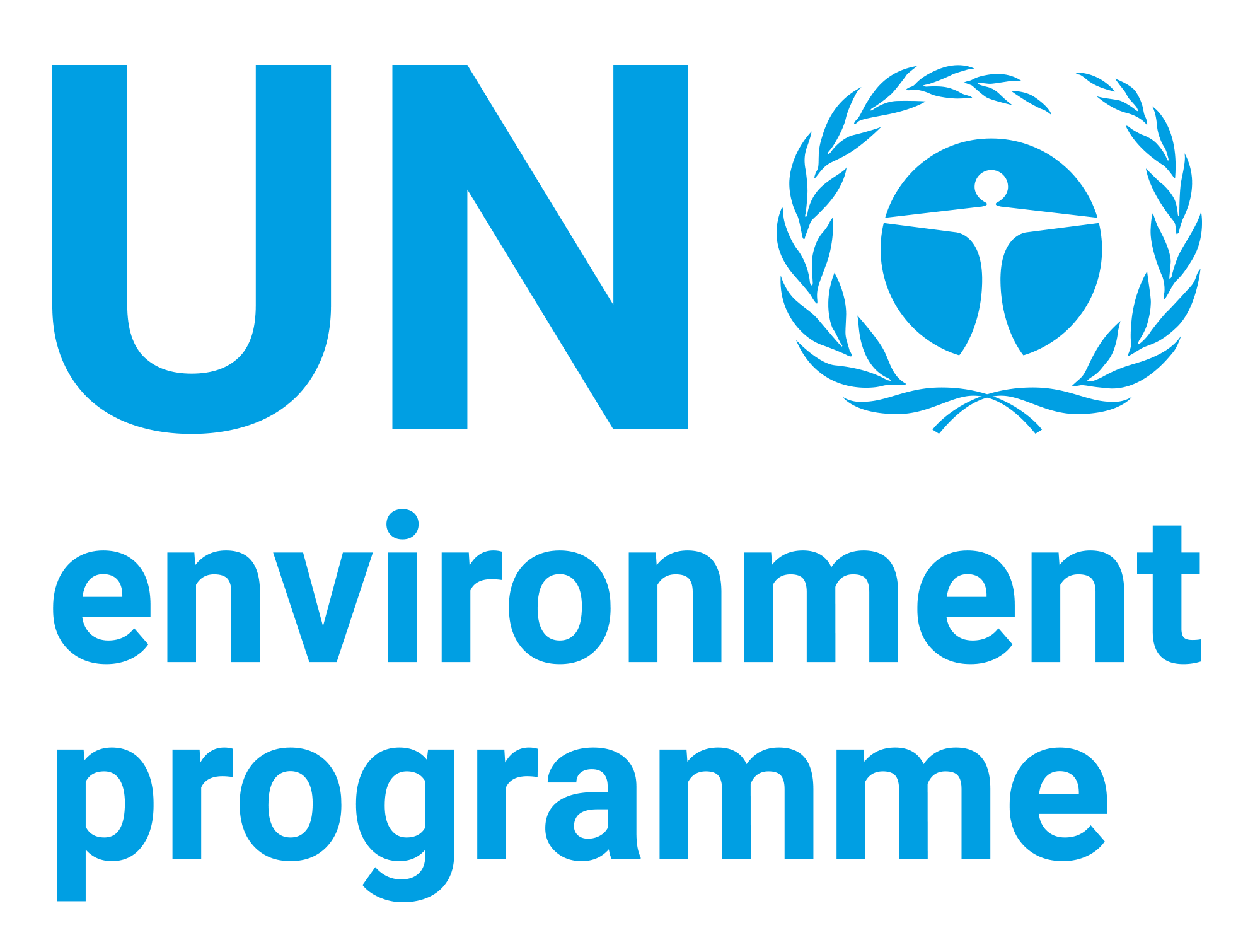| dc.contributor | Economy Division | en_US |
| dc.contributor.author | United Nations Environment Programme | en_US |
| dc.contributor.other | Centre for Urban Equity | en_US |
| dc.contributor.other | German Federal Ministry for the Environment, Nature Conservation and Nuclear Safety | en_US |
| dc.contributor.other | Mahadevia, Darshini | en_US |
| dc.contributor.other | Joshi, Rutul | en_US |
| dc.contributor.other | Datey, Abhijit | en_US |
| dc.coverage.spatial | India | en_US |
| dc.date.accessioned | 2020-02-06T08:55:41Z | |
| dc.date.available | 2020-02-06T08:55:41Z | |
| dc.date.issued | 2013 | |
| dc.identifier.isbn | 978-87-92706-77-5 | en_US |
| dc.identifier.uri | https://wedocs.unep.org/20.500.11822/31449 | |
| dc.description | This report attempts to fill this gap by holistically assessing the Bus Rapid Transport System (BRTS) in the Indian context and then taking up an in-depth research of the BRTS in Ahmedabad, which is currently the largest network among the BRTSs in India. The research focuses on Ahmedabad BRTS’s accessibility for the urban poor on one hand, the modal shift from Personal Motorised Transport
(PMT) to the BRTS, (an agenda of great significance for reducing carbon footprint in cities), on the other. The study also analyses the urban poor’s travel pattern in the city and assesses whether the BRTS addresses their accessibility needs. Before these objectives are embarked upon, the study also contextualises Ahmedabad BRTS within the overall public transport paradigm in urban India. | en_US |
| dc.format | Text | en_US |
| dc.language | English | en_US |
| dc.rights | Public | en_US |
| dc.subject | India | en_US |
| dc.subject | carbon | en_US |
| dc.subject | urban transport | en_US |
| dc.subject | bus | en_US |
| dc.title | Promoting Low Carbon Transport in India: Low-Carbon Mobility in India and the Challenges of Social Inclusion - Bus Rapid Transit (BRT) Case Studies in India | en_US |


